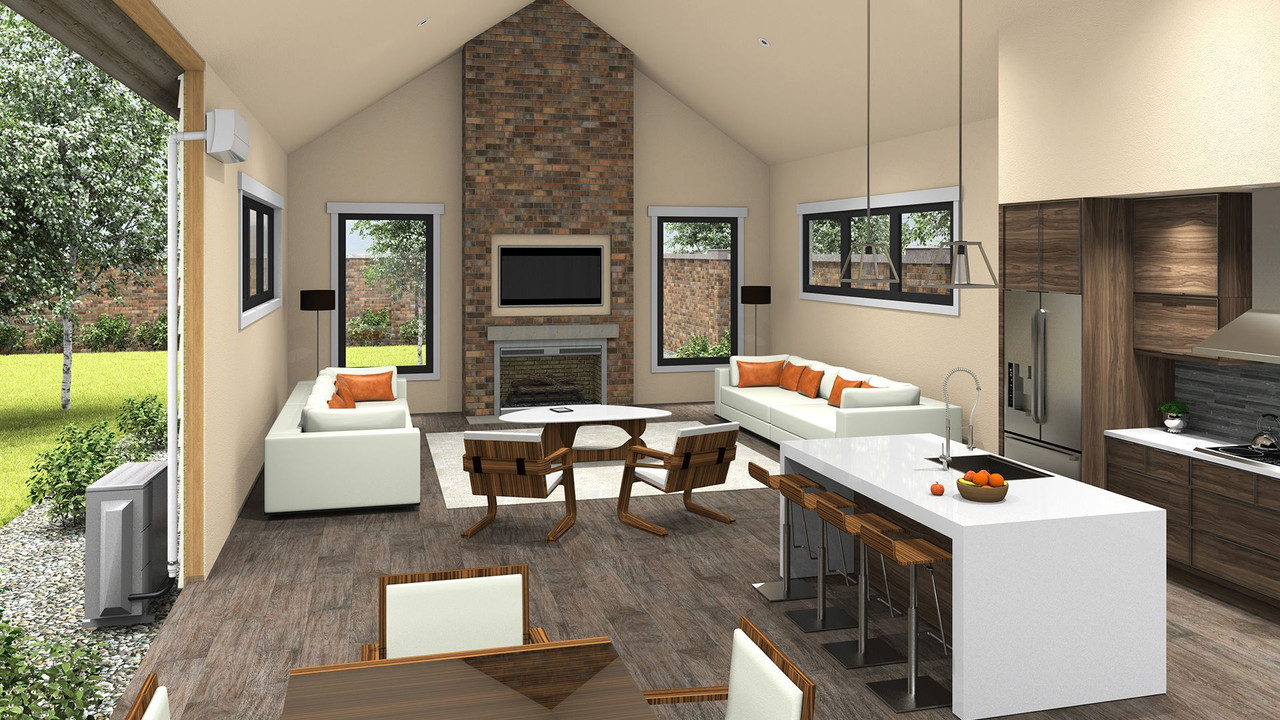Air Conditioning 101 - How Central Air Conditioning Units OperatePosted by Trezza on April 3rd, 2021
Can you think of life without cooling? Sweltering heat waves that can melt the rubber on your shoes, prepare an egg on the control panel of your vehicle, and make it almost impossible to have a good night's rest-- sounds unpleasant! Let's face it, life without A/C would not be the very same. Did you understand, that prior to the 20th century, ice was really collected for refrigeration? It was cut into 1-ton blocks, delivered throughout the country and used in 'ice-boxes' to keep food fresh. Thankfully today, refrigeration has actually been significantly enhanced given that its intro in 1834. By understanding how your house's A/C system works, you'll be able to make it run better and longer, and if it should break throughout the dog days of summer season, more confident finding a replacement. What is Central Air? Given that the 1960s, central air systems have been the most typical design of cooling in America. Finest defined by the condenser unit outdoors and ducts carrying cool air throughout the house, a central air conditioning is in heating and air conditioning edmonton some cases referred to as a "split-system" due to the fact that the indoor and outdoor elements are separated. How It Works Comparable to how a sponge takes in water, central air conditioners soak up the heat from inside the house and eject it outside through a procedure called "the refrigeration cycle." It's easy to comprehend how an a/c works as soon as you see how the parts operate together. Parts of an A/c System Divide into 2 parts; a system will consist of an outdoor condenser system (below) and a coil housed on top of the heating system or inside air handler. The outside condenser, which does the majority of the work, runs in tandem with the air handler/furnace that disperses the conditioned air into spaces of your house. The Refrigeration Cycle The cooling procedure begins when the thermostat discovers the interior temperature has risen above the setpoint. It signifies the control panel in the air handler and goes into action. 1) The internal blower attracts the hot, wet indoor air from the return ducts into the air handler/furnace cabinet to be conditioned. 2) Filthy air entering the cabinet first travels through an air filter that traps dirt and particles. 3) The clean air then travels through the evaporator coil. Utilizing metal fins to increase its surface area, the evaporator coil extracts heat and wetness from the warm air as the air goes through it. The tidy, cool air is circulated throughout the house. 4) A set of copper tubes consisting of refrigerant, called a Line Set, connect the indoor coil with the outdoor condenser. 5) The condenser dissipates the heat caught inside the line originating from the evaporator coil by cycling it through its coils where a fan on top pushes air to accelerate the procedure. The refrigerant is then compressed and takes a trip back to the indoor evaporator coil, where the cooling process continues. HEATING AND COOLING Cheat Sheet It's a good concept to acquaint yourself with the technical language utilized by HVAC professionals to understand your system when it pertains to making repair work or buying a brand-new system. HEATING AND COOLING - Means heating, ventilation, and air conditioning. This acronym is used to categorize all equipment utilized to regulate air temperature level, humidity, and air quality. Split-System - In recommendation to parts of the system running both indoors and outdoors. In a split system, the condensing system is found outside. BTU - British Thermal Systems - a measurement of how much heat energy can be removed from the air in an hour. Lot - A measurement that refers to the cooling capability your system can provide under regular conditions. 1 Lot amounts to roughly 12,000 BTU's. Loads are often used when sizing a system for your house, which can be determined based upon the square video required to be cooled or heated. Unmatched Knowledge Conveniently, the furnace, cooling, and electrical systems all work immediately, without us needing to fumble around in the basement or even worse, a hot attic. Up until something fails. Finding out about your cooling system might appear overwhelming initially, but when you have the basics down, you'll have the ability to comprehend not just how your system works, but likewise analyze lingo to make purchasing a replacement simple. Like it? Share it! |



